Markets
Molten-salt storage is expected to grow at a faster rate with the further installation of CSP, as the percentage of CSP plants using Thermal Energy Storage continues to increase, along with their storage capacity.
THERMABLOX™
Markets
Molten-salt storage currently accounts for the majority of installed TES capacity in the power sector, due to its coupling with CSP plants. Currently, over 21 GWh of molten-salt storage capacity is installed worldwide. Molten-salt storage is expected to grow at a faster rate with the further installation of CSP, as the percentage of CSP plants using TES continues to increase, along with their storage capacity. Since 2014, most CSP installations have included TES. At least 74 GWh of molten-salt TES are planned to be installed by 2030. To match the forecast CSP capacity of 20 GW by that year under current and planned policies, around 126 GWh of additional molten-salt storage capacity would be needed (52 GWh more than planned).
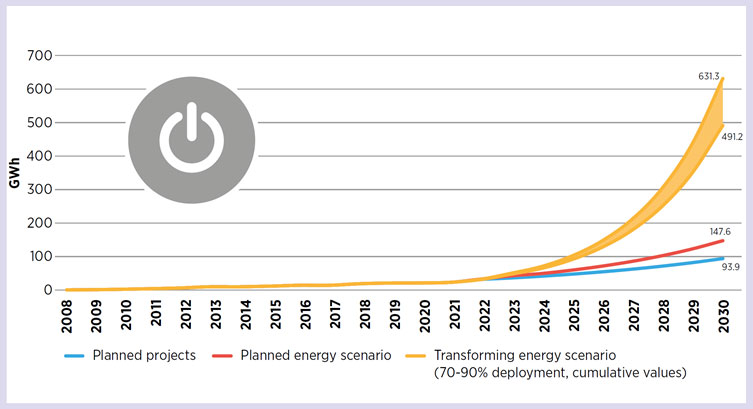
Figure 4: Source – IRENA Innovation Outlook
Concentrated Solar Power (CSP)
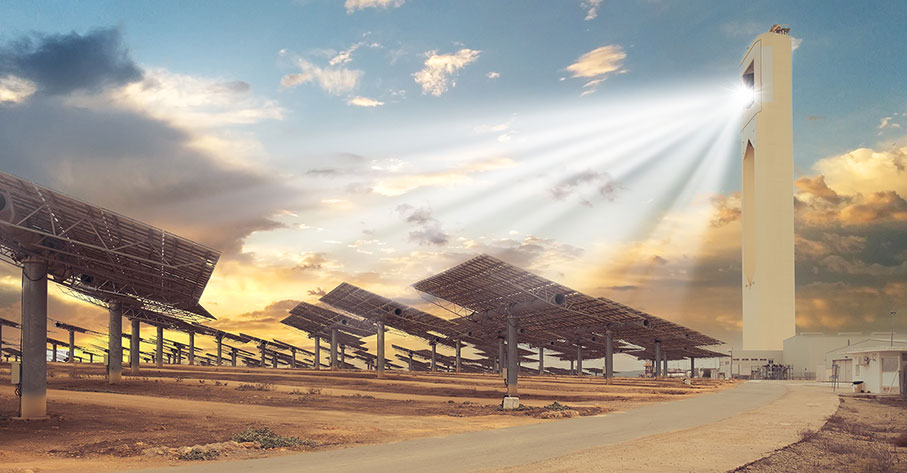
Molten salts are already in use today to allow CSP plants to consistently generate power by charging during the day and discharging at night. In the coming five years, the next generation of molten salts could increase operating temperature ranges up to 700°C and improve performance, which would increase the round-trip efficiency of CSP plants to over 92%. Of the world’s 93 operational concentrated solar power plants, 47% use molten salt storage systems.
In a CSP plant that includes storage, the solar energy is first used to heat the molten salt which is stored providing thermal/heat energy at high temperature in insulated tanks. Later the hot molten salt is used in a steam generator to produce steam to generate electricity by steam turbo generator as per requirement. Thus solar energy which is available in daylight only is used to generate electricity round the clock on demand as a load following power plant or solar peaker plant. The thermal storage capacity is indicated in hours of power generation at nameplate capacity. Unlike solar PV or CSP without storage, the power generation from solar thermal storage plants is dispatchable and self-sustainable similar to coal/gas-fired power plants, but without the pollution. CSP with thermal energy storage plants can also be used as cogeneration plants to supply both electricity and process steam round the clock. Unlike solar PV plants, CSP with thermal energy storage plants can also be used economically round the clock to produce only process steam replacing pollution emitting fossil fuels. CSP plant can also be integrated with solar PV for better synergy.
CSP with thermal storage systems are also available using Brayton cycle with air instead of steam for generating electricity and/or steam round the clock. These CSP plants are equipped with gas turbine to generate electricity. These are also small in capacity (<0.4 MW) with flexibility to install in few acres area. Waste heat from the power plant can also be used for process steam generation and HVAC needs. In case land availability is not a limitation, any number of these modules can be installed up to 1000 MW with RAMS and cost advantage since the per MW cost of these units are cheaper than bigger size solar thermal stations. Centralized district heating round the clock is also feasible with concentrated solar thermal storage plants.
Solar (PV) Plus Thermal Storage (PV-TS)
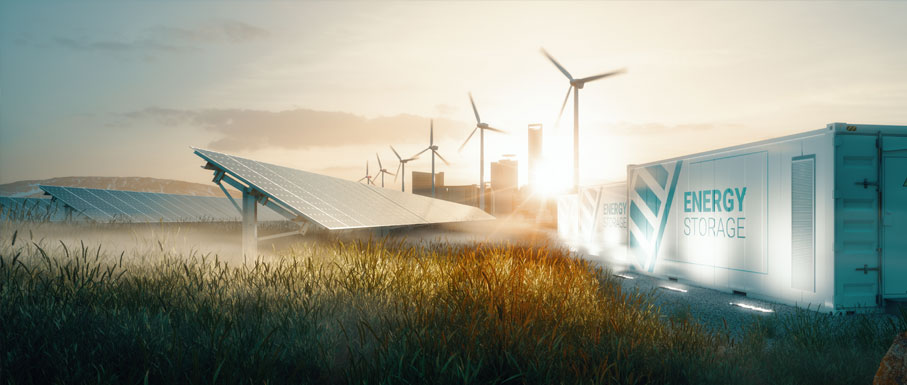
In the PV-TS unit, a significant part of the generated solar power would be used to resistively heat molten-salt thermal storage to temperatures over 565 degrees Celsius, and the stored thermal energy would be in turn used to drive high-efficiency superheated steam turbines for power generation. This solution integrates solar power generation from utility scale facilities with high-temperature molten-salt storage in regions with low direct solar beam radiation and high levels of global solar radiation.
Data Centers

Power shaving can dynamically shave the power peaks of a data center with energy storage devices, such that more servers can be safely hosted. In addition to the reduction of capital investment, power shaving also helps cut the electricity bills of a data center by reducing the high utility tariffs related to peak power. However, existing work on power shaving focuses exclusively on UPS batteries to shave the server-side power demand. A more powerful power shaving framework would include both UPS batteries and thermal energy storage (TES) systems. Molten-salt Thermal Energy Storage systems can be used as backup power for data centers.
Nuclear Power
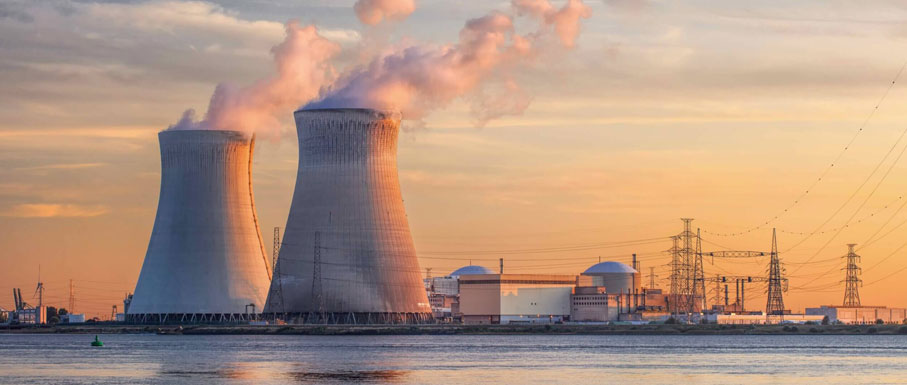
Nuclear power plants operate most economically at a constant power level, providing baseload electric power. In an energy grid containing a high fraction of renewable power sources, nuclear reactors may be subject to significantly variable power demands. These variable power demands can negatively impact the effective capacity factor of the reactor and result in severe economic penalties.Coupling a nuclear reactor to large–scale thermal energy storage can significantly improve the viability of the nuclear power plant in an electricity grid containing a significant fraction of renewable energy sources. The nuclear reactor will operate at a constant power level, supplying heat to the thermal energy storage (TES) block. The TES block will provide heat as needed to the electric generation subsystem, which can be designed to rapidly respond to changes in electric power demand. Thus, the nuclear reactor is allowed to operate at an optimal constant power level, buffered from changing demands by the TES block.
Power Plants
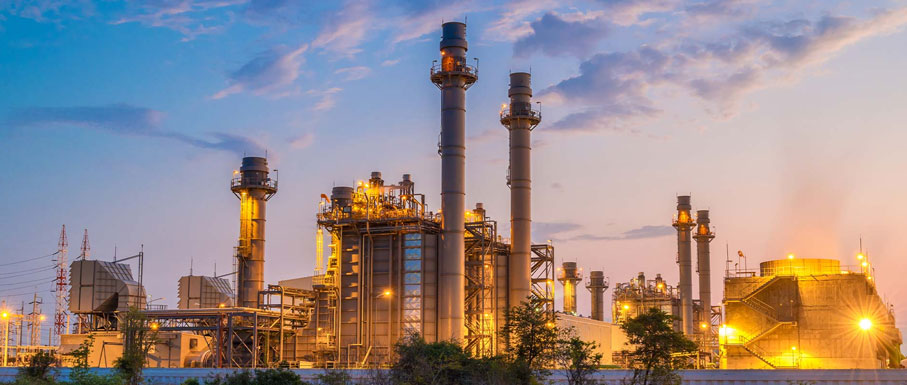
Utility companies are interested in the concept as a way of extending the lifespan of coal generation assets that have now been given a final cutoff date in several countries. This involves ripping out the boiler from an old coal plant and replacing it with a molten salt thermal storage tank that will be heated using excess renewable energy. By 2050 developments in thermochemical storage could enable much higher conversion efficiencies at CSP plants. Also, molten salt-based storage could enable fossil-fueled power plants to be reused for renewable energy storage, saving decommissioning costs and contributing to their decarbonization.

